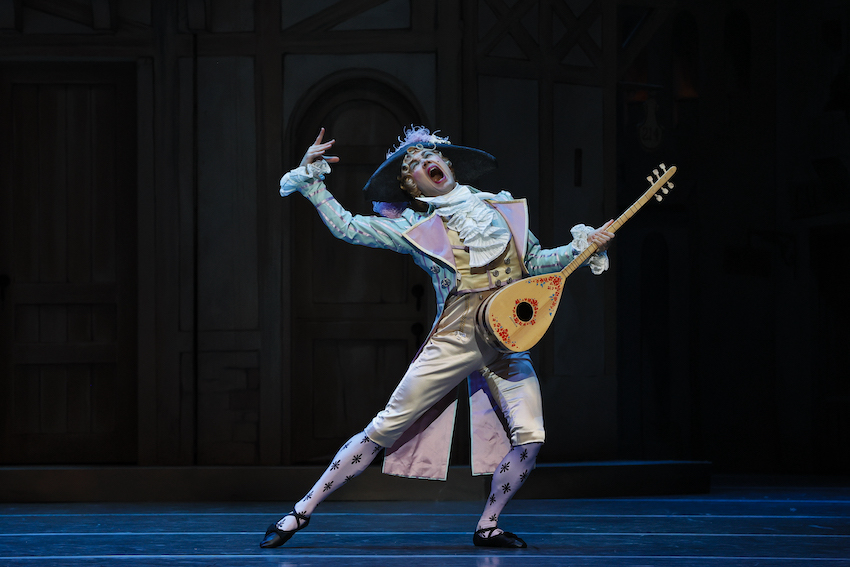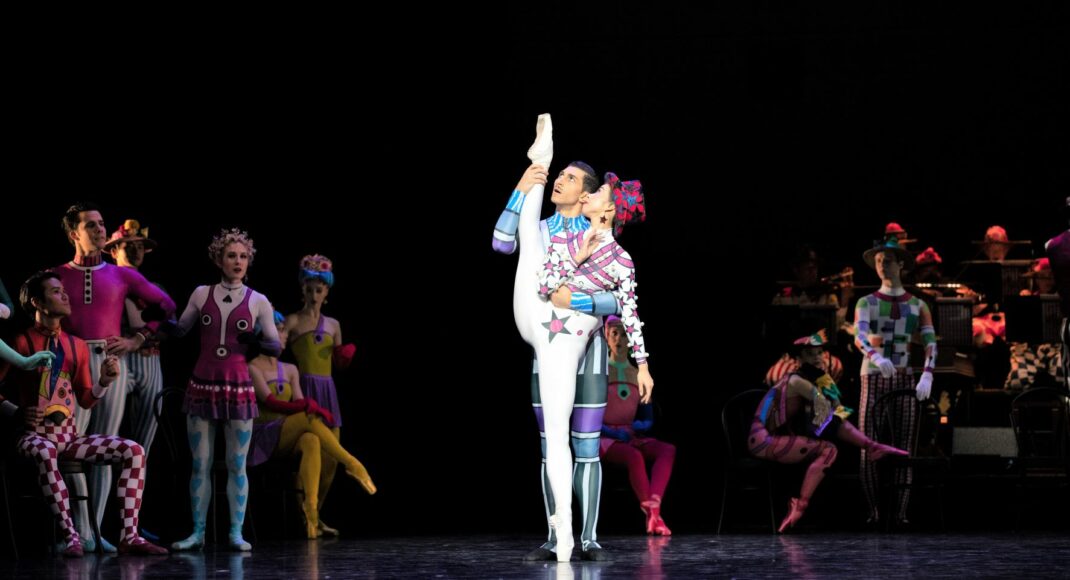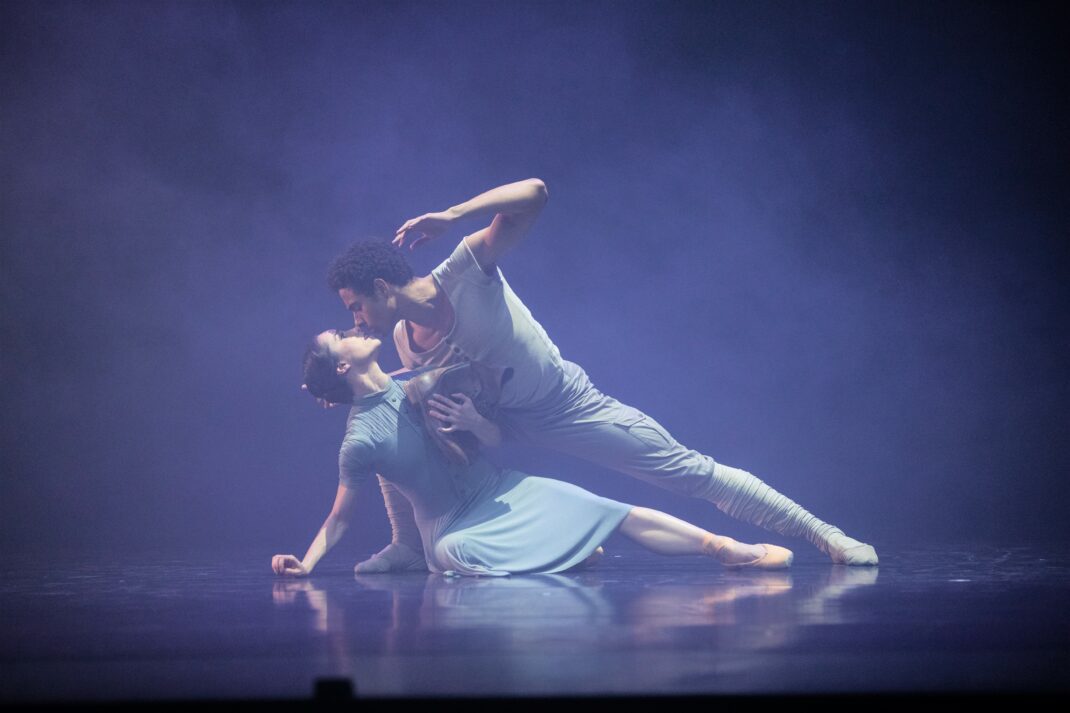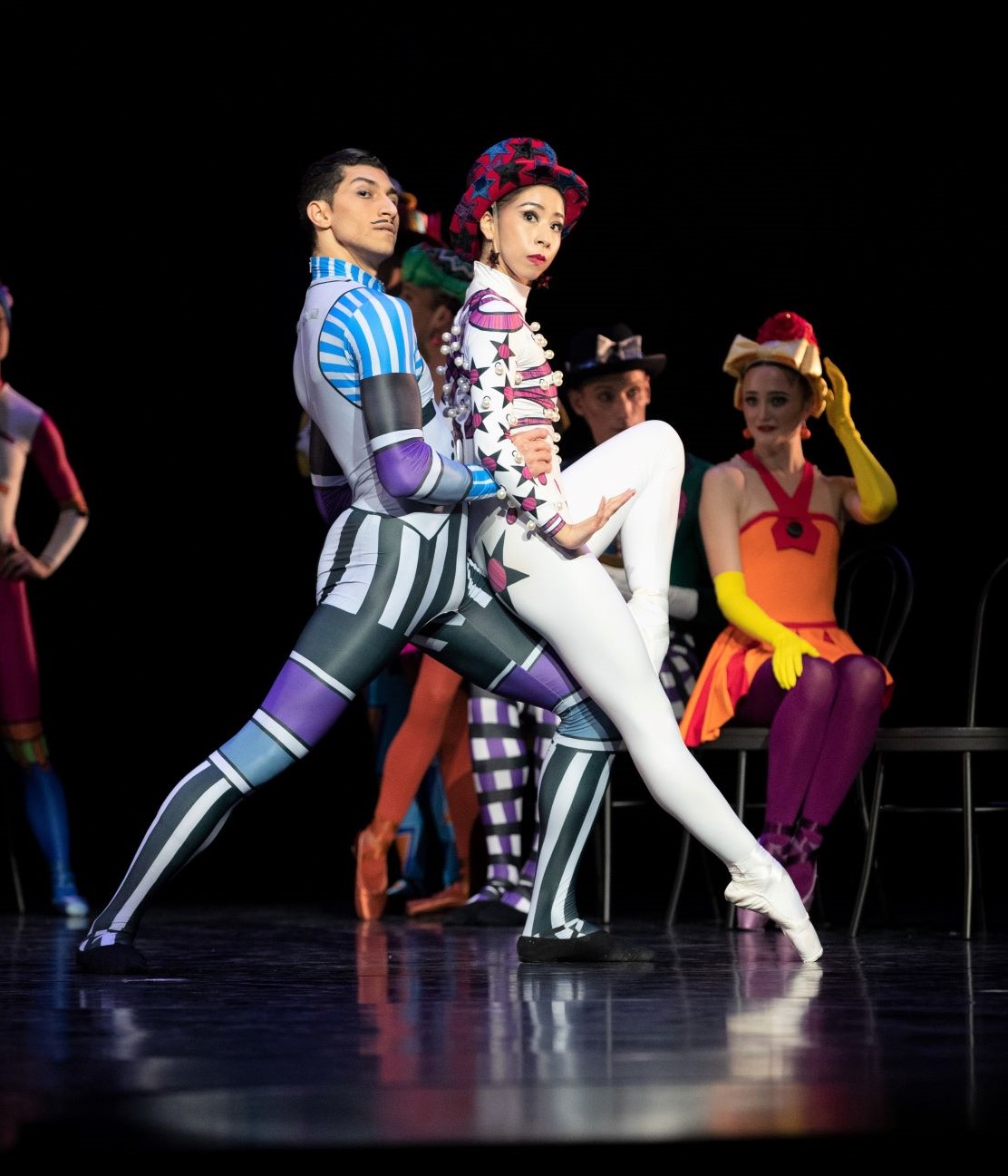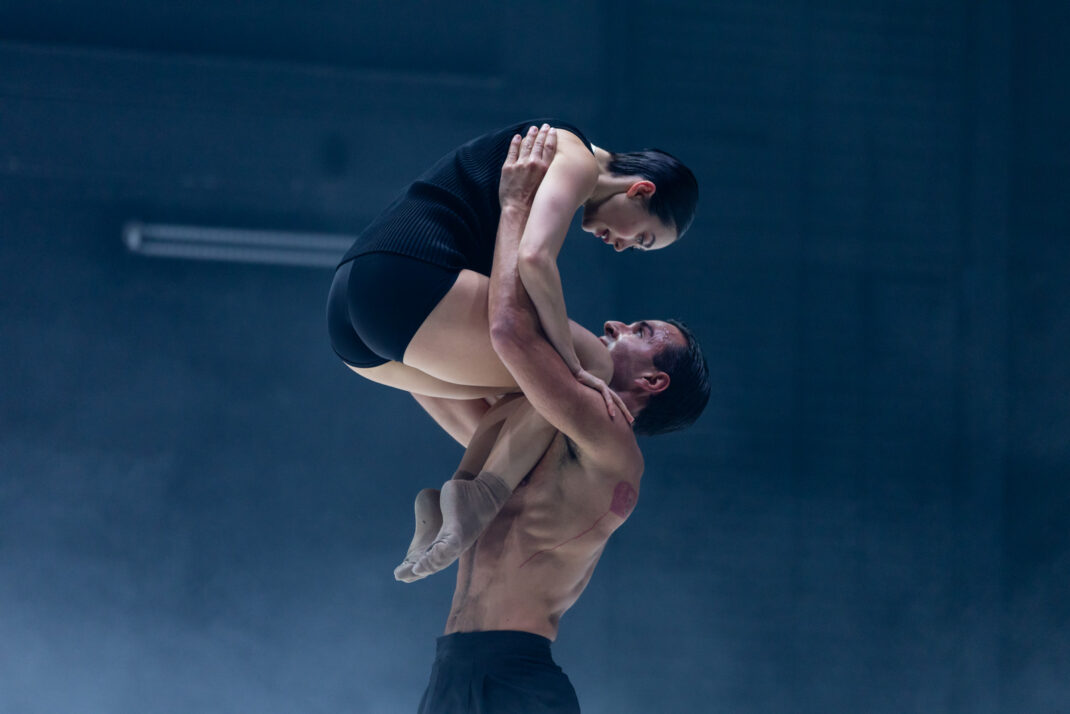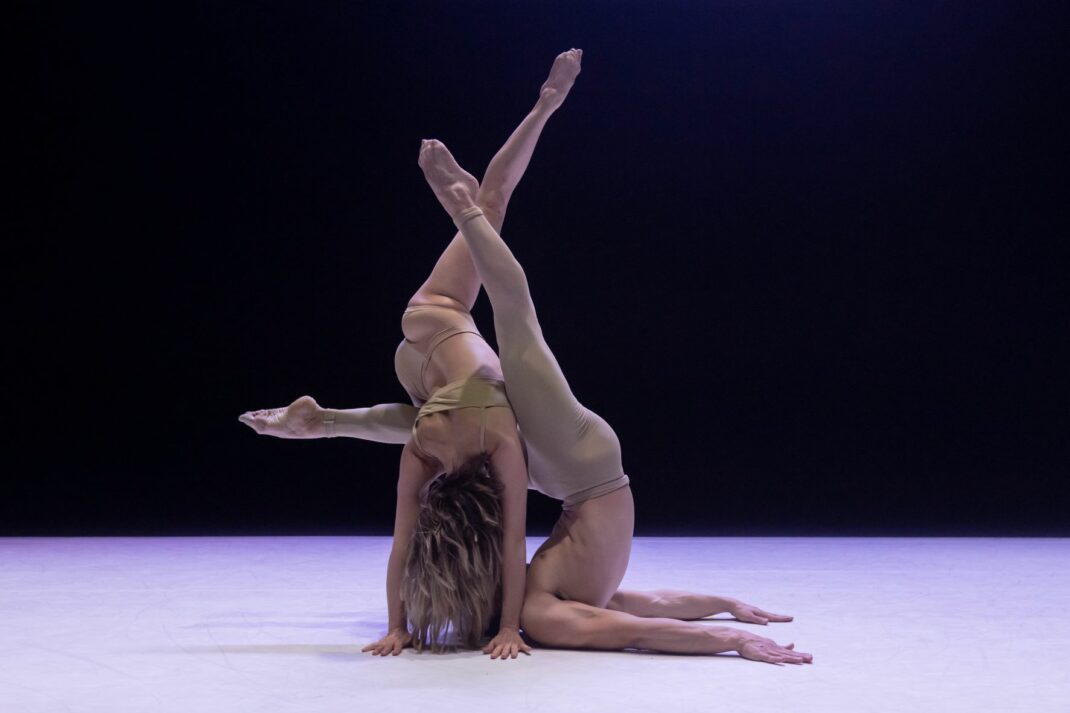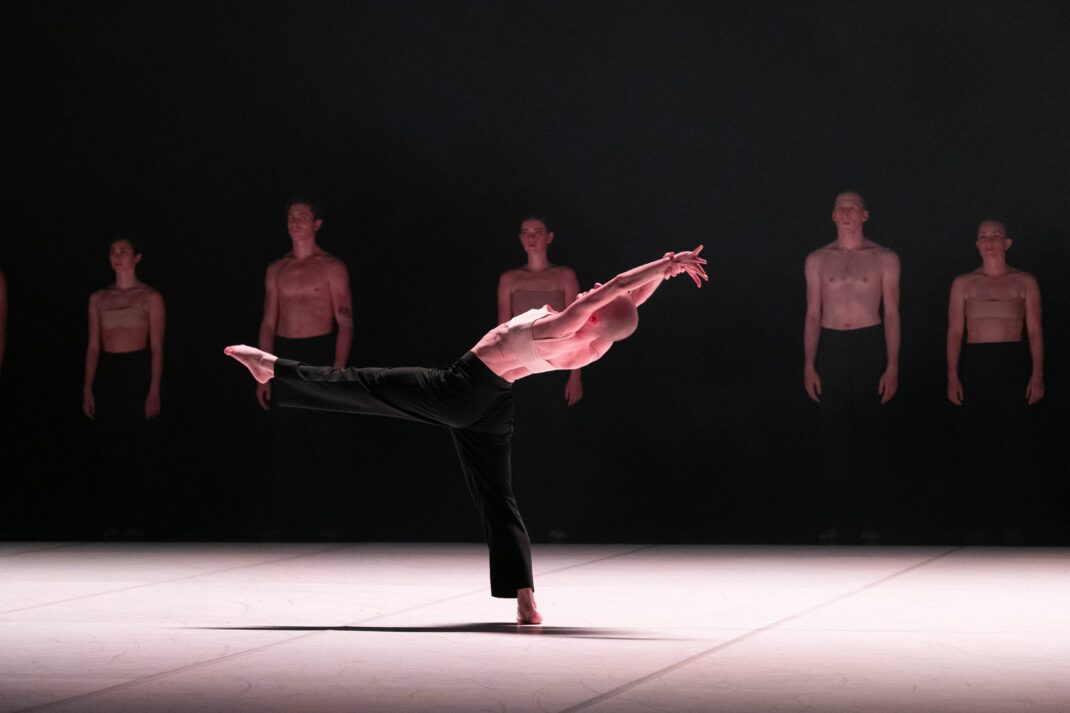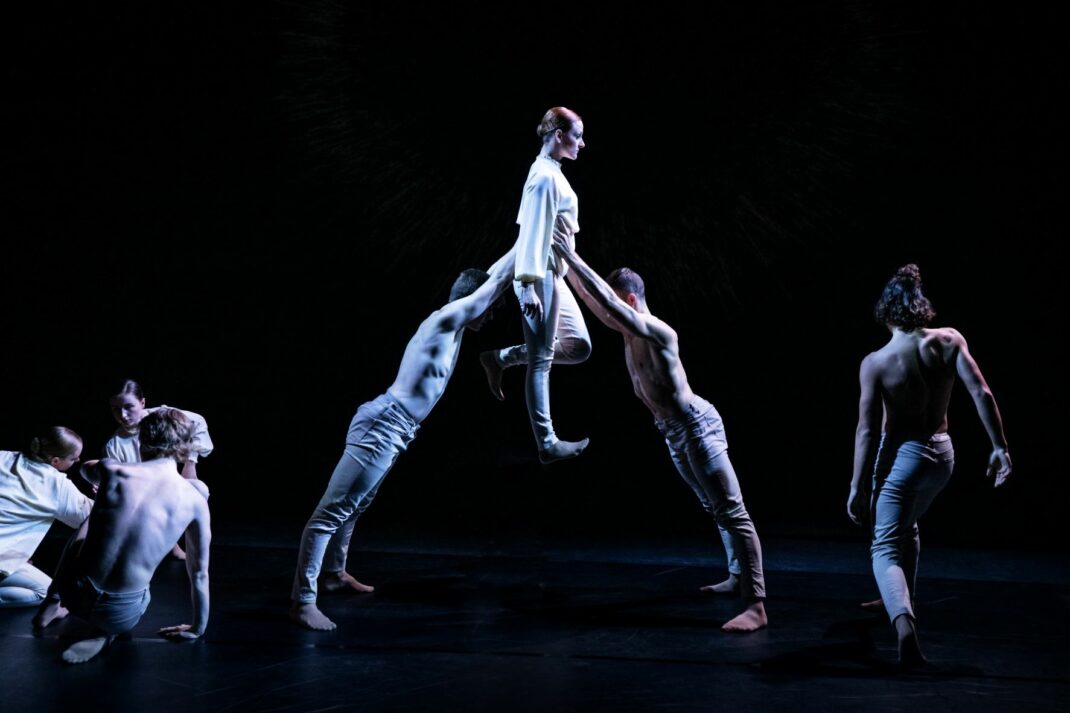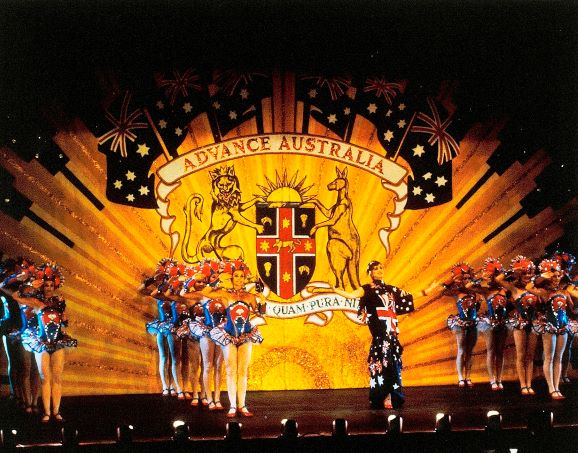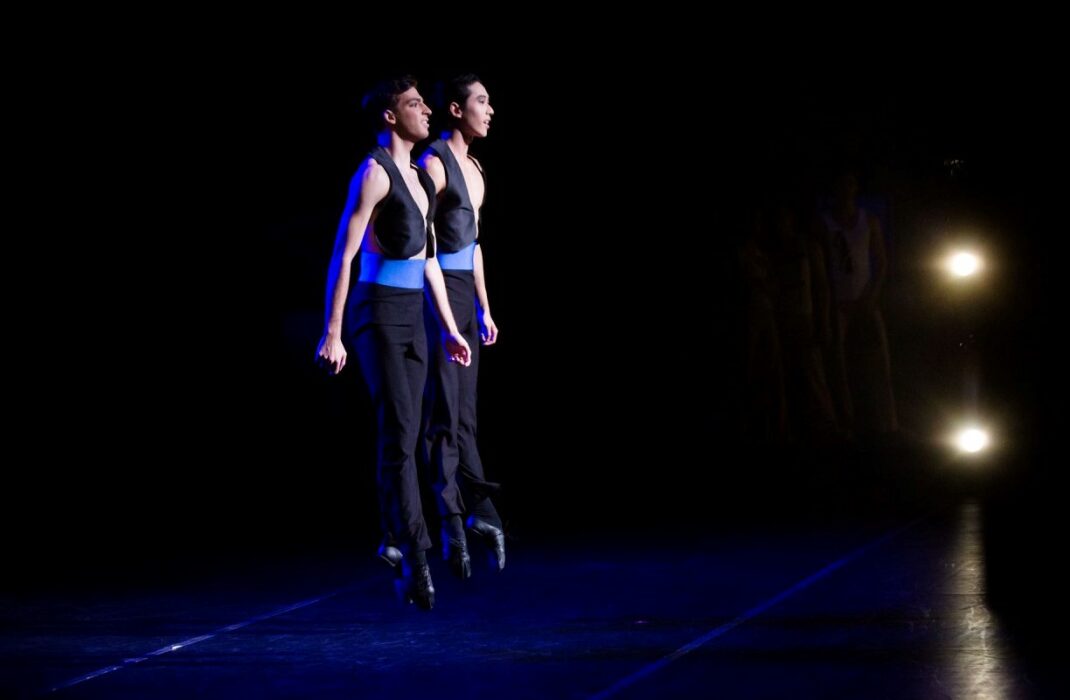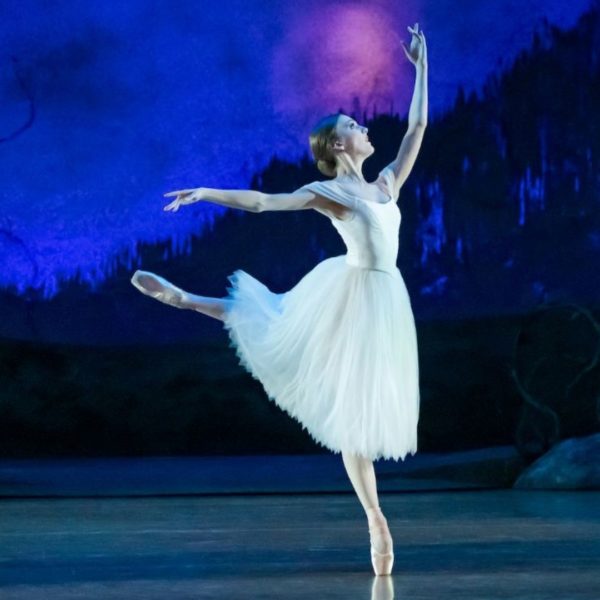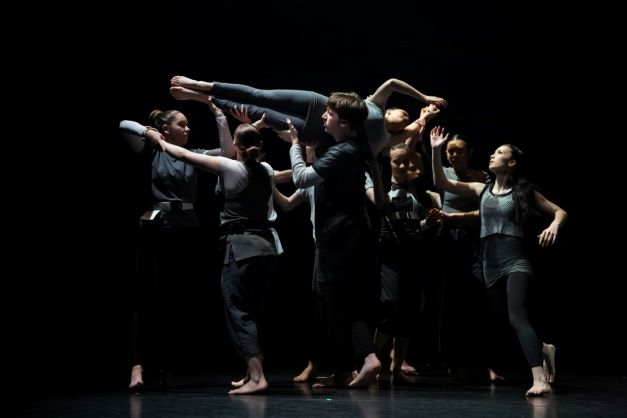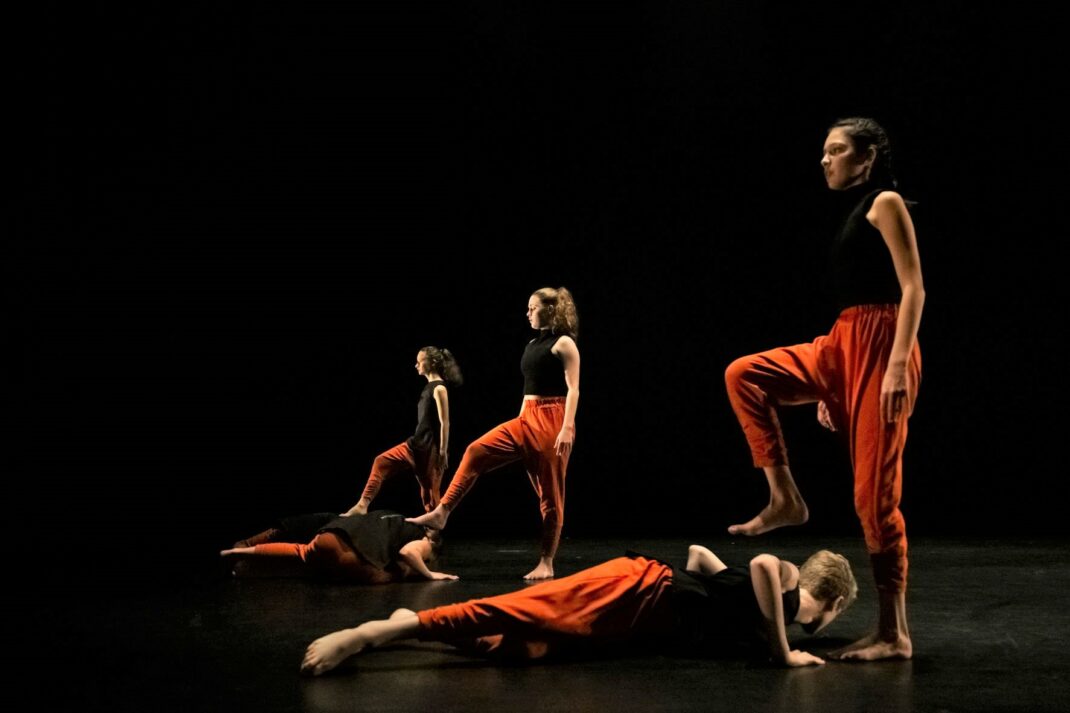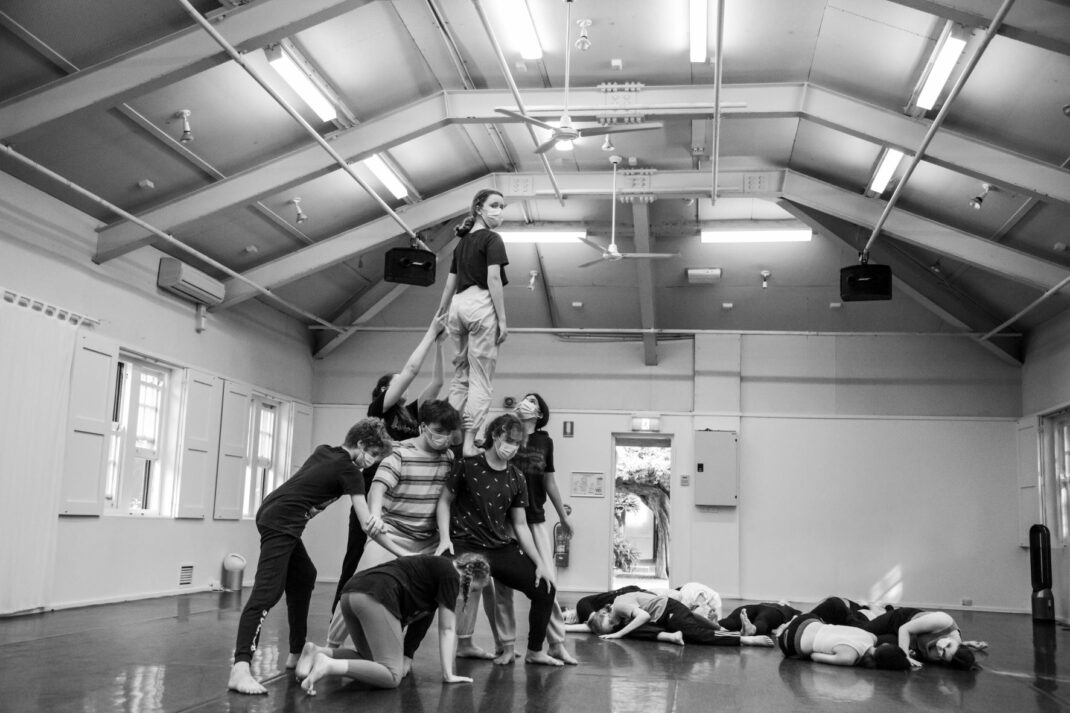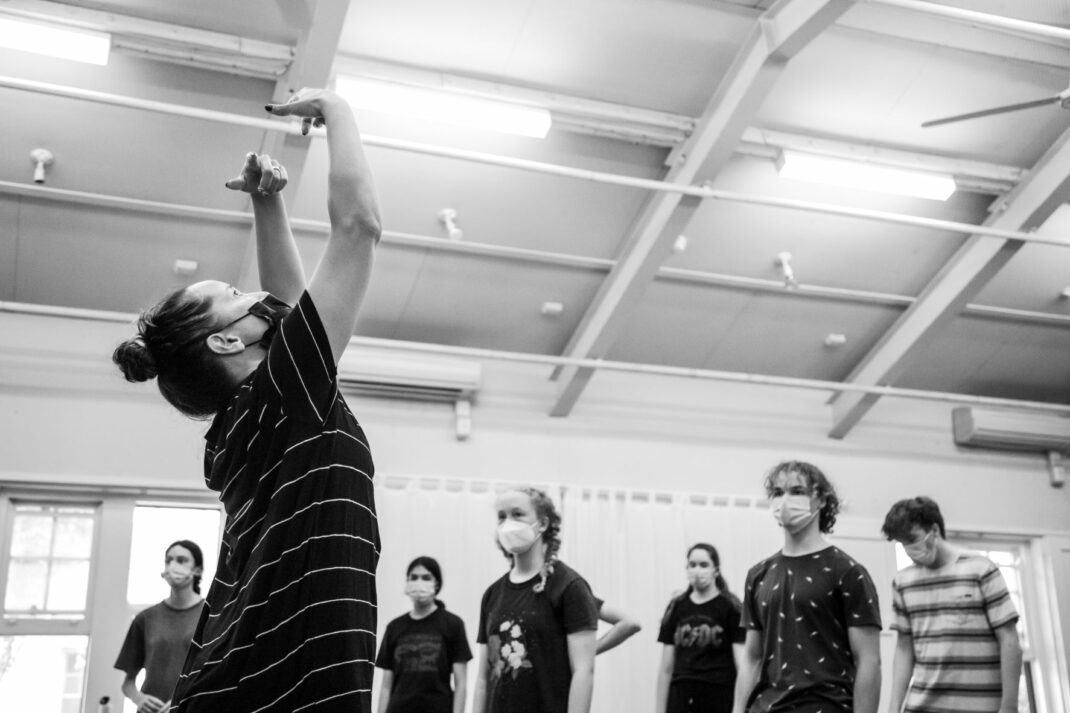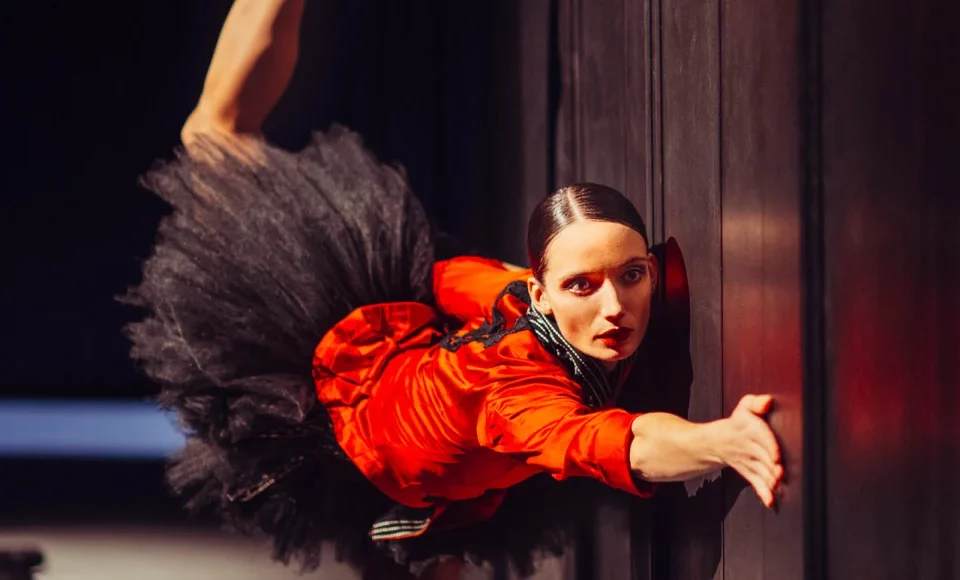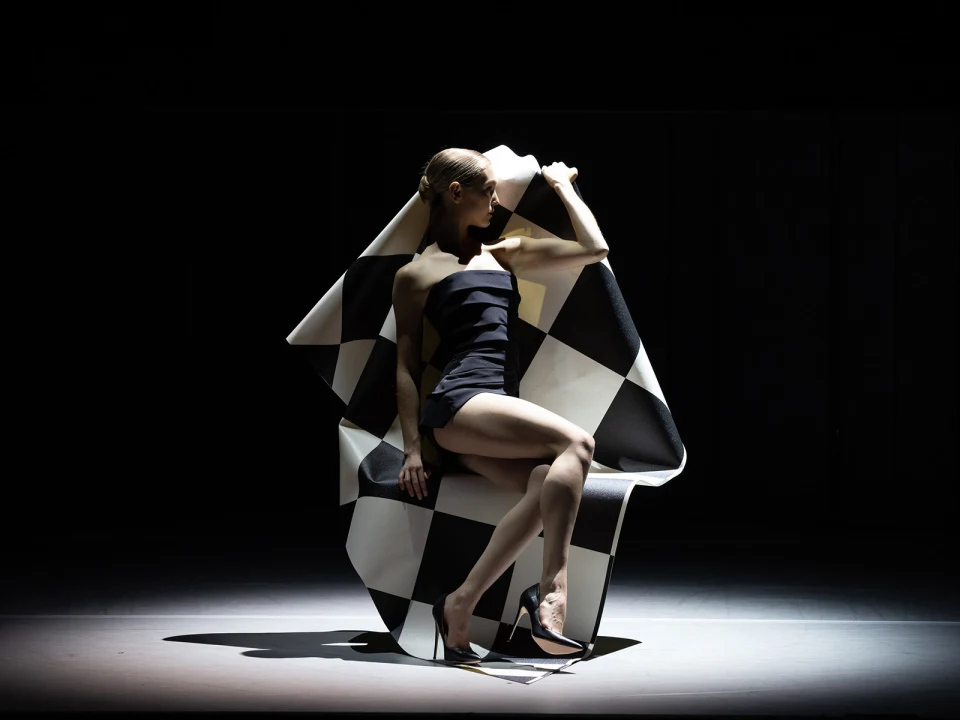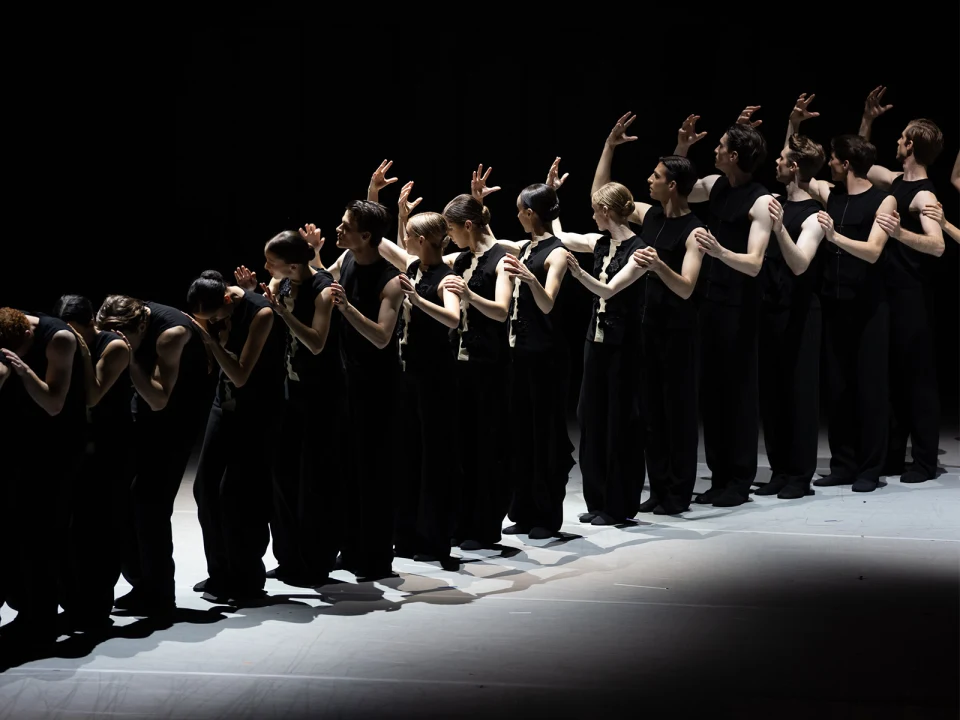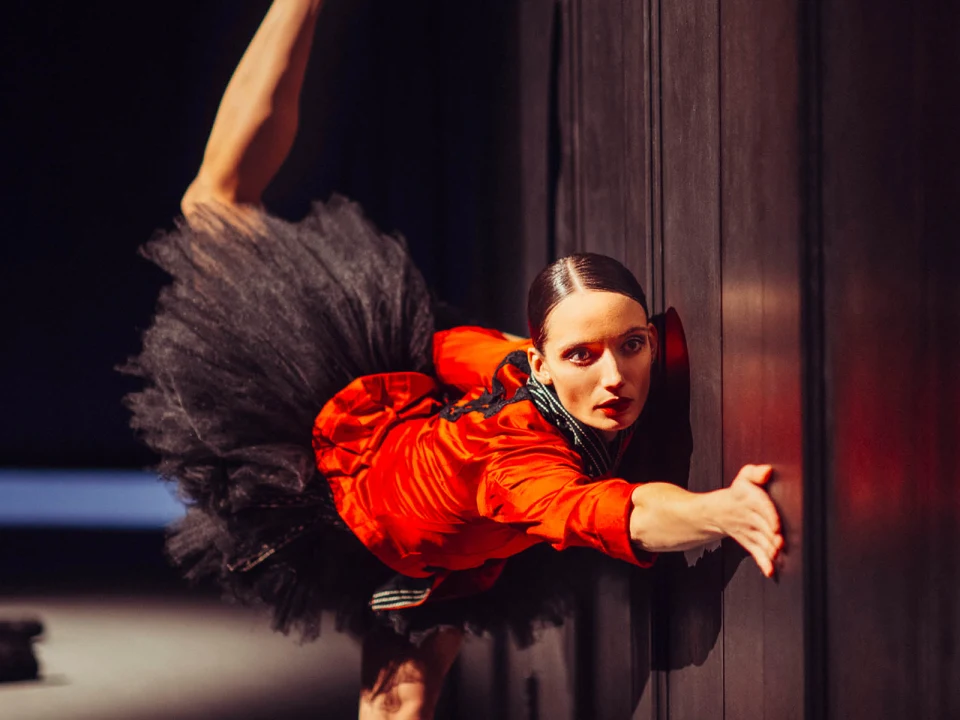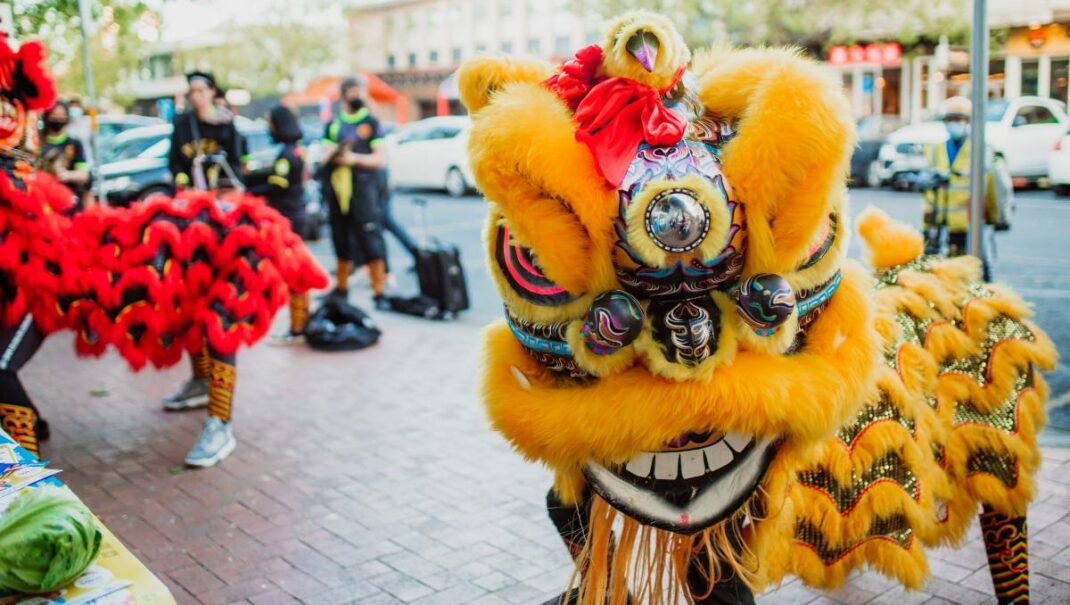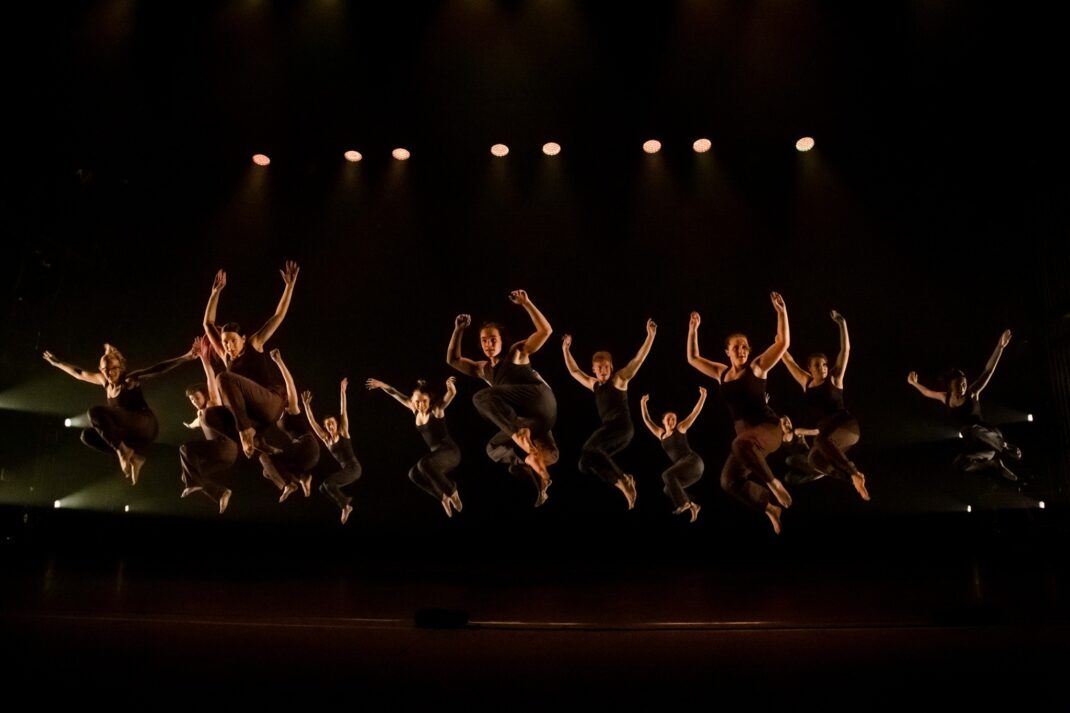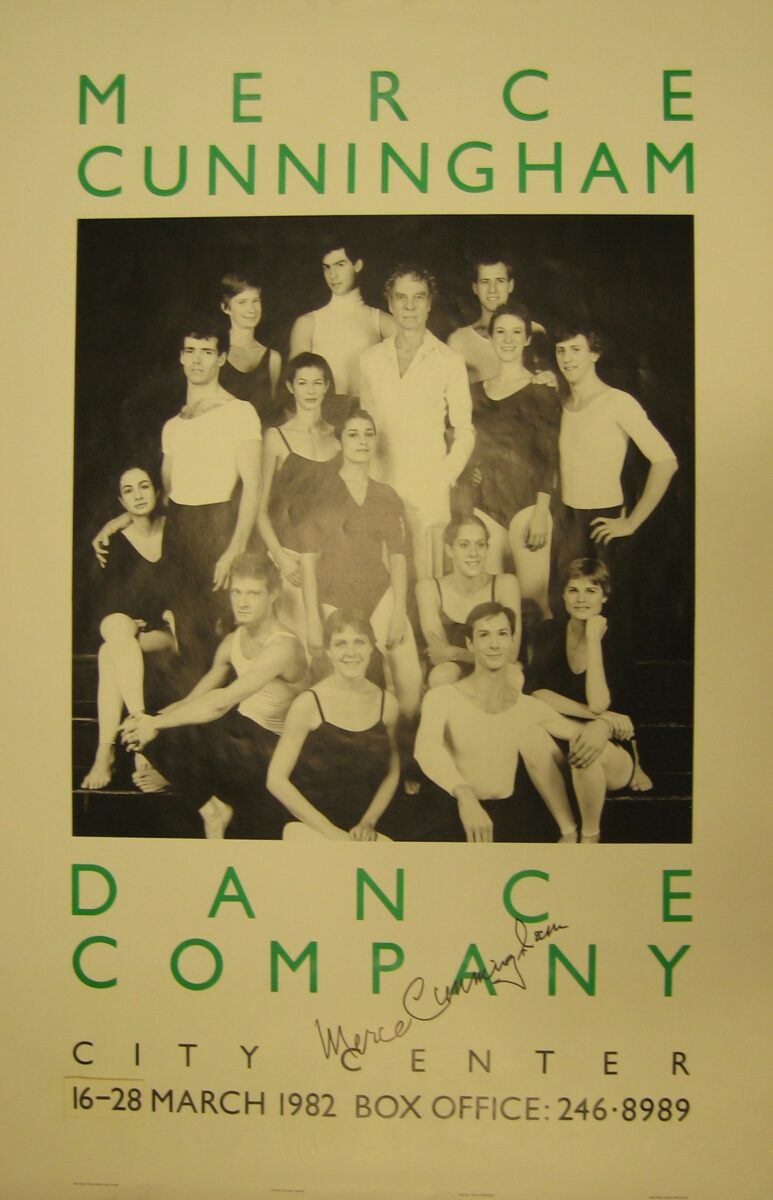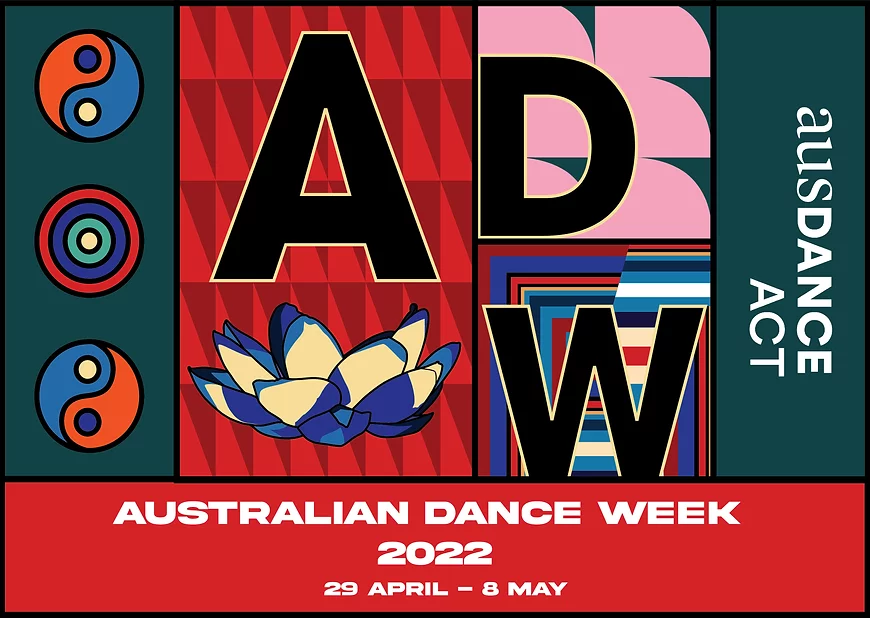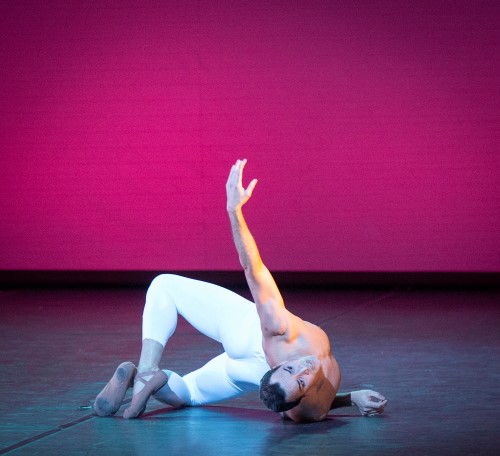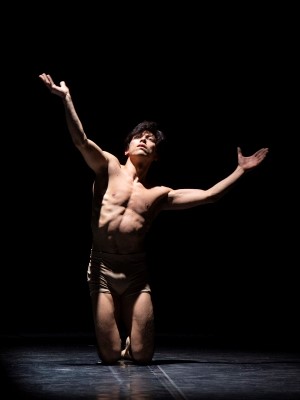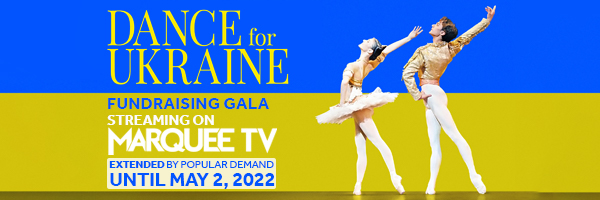24 June 2022, online screening
Ahead of any further remarks, I have to make it quite clear that basically I am a fan of the work of Alexei Ratmansky. I have been writing about his productions on this website since 2009. Here is a link to the Ratmansky tag. His interest in creating new versions of well-known works has been fascinating to watch—Cinderella comes immediately to mind—and those of his newly created works that I have seen have mostly been absolutely beautiful and engaging—and here I am thinking in particular of Seven Sonatas and From Foreign Lands.
Harlequinade is slightly different. It is one of those works from the past that Ratmansky decided could and should be revived for today’s audiences (and there have been a few others he has worked on in the same manner). The original Harlequinade ballet was first performed in 1900. It had choreography by Marius Petipa and, according to George Balanchine, was performed in St Petersburg at the Hermitage Theatre. It followed the story of the love between Harlequin and Columbine; the role of Cassandre, Columbine’s father, in attempting to have Columbine marry Léandre, a rich man; and how this plan was thwarted with the help of Pierette and Pierrot (and a Good Fairy). The work’s links back to the stock commedia dell’arte characters, and to the pantomime tradition, were strong in the original and in the Ratmansky revival.
It is interesting to read Balanchine’s brief discussion of the original Harlequinade in his book Balanchine’s Festival of Ballet. Balanchine refers to the original work as Harlequin’s Millions and writes, in part:
I remember very well dancing in this production when I was a student at the Imperial Ballet School. What I liked about it was its wit and pace and its genius in telling a story with clarity and grace. It was a different kind of ballet from The Sleeping Beauty and showed the range of [Petipa’s] genius.
Balanchine as a choreographer looked back to the original Harlequinade on several occasions. In 1950 he created a pas de deux that referred to the 1900 production, in 1965 he created a two act ballet called Harlequinade, in which he used his own choreography, and in 1973 he revived that two act work adding new material.
That Ratmansky wanted to revive the original work is fine and his choice, but quite honestly I can’t understand why the Australian Ballet needed to present it to us in 2022. For me the pantomime element made it hard to watch. Some characters were totally over-the-top, especially the rich old man Léandre. Dance, including ballet, has moved on since 1900 and the ballets that have survived from around that time (Swan Lake for example) have been constantly updated in so many ways. Not only that, pantomime in Australia, which was once a hugely popular style of Christmas entertainment, began to die a slow death in the mid-20th century. So in my mind the Harlequinade we saw from the Australian Ballet might have looked acceptable 60 or so years ago when pantomime was a flourishing entertainment for the whole family, but I don’t think it has the same impact in 2022.
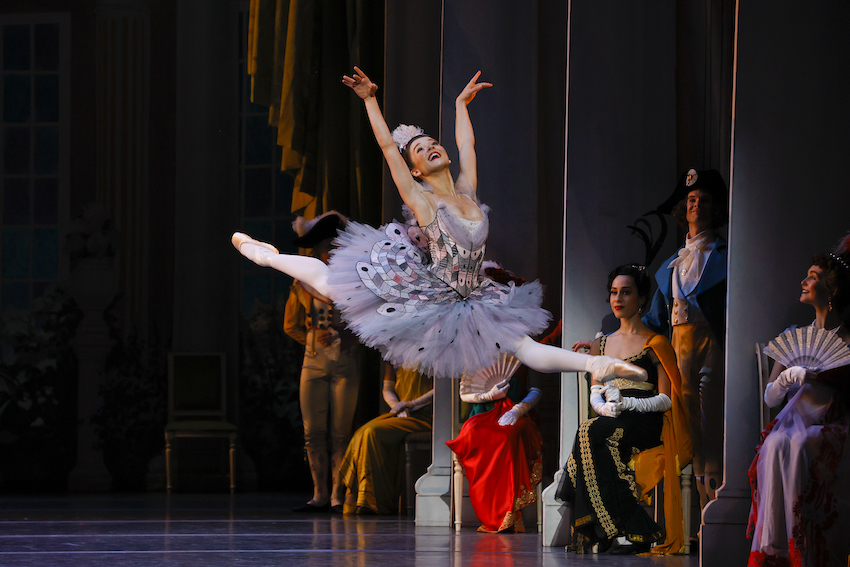
Nevertheless, there was some excellent dancing to watch in this 2022 production. Benedicte Bemet was well suited to the role of Columbine and smiled her way through the evening while performing the Petipa/Ratmansky choreography with her usual technical skill. Her 32 fouettés that closed out the finale were just spectacular! She rarely moved off her centre stage spot as she turned, which is a rare occurrence and a thrill to see. And while the out-of-date nature of some of the characters was not to my liking, mostly those characters were played according to the tradition and with skill. Timothy Coleman as the foppish Léandre did a sterling job in this unforgiving (for me) role, and Steven Heathcote’s gestures in the mime scenes were clear and precise. As Harlequin Brett Chynoweth showed some great elevation and skilfully took on a range of traditional, Harlequin-style poses. The storyline was ably supported by Callum Linnane as Pierrot and Sharni Spencer as Pierette with Ingrid Gow as an elegant Good Fairy.
But I won’t be looking forward to a return season.
Michelle Potter, 28 June 2022
Featured image: Timothy Coleman as Léandre in Harlequinade. The Australian Ballet, 2022. Photo: © Jeff Busby
